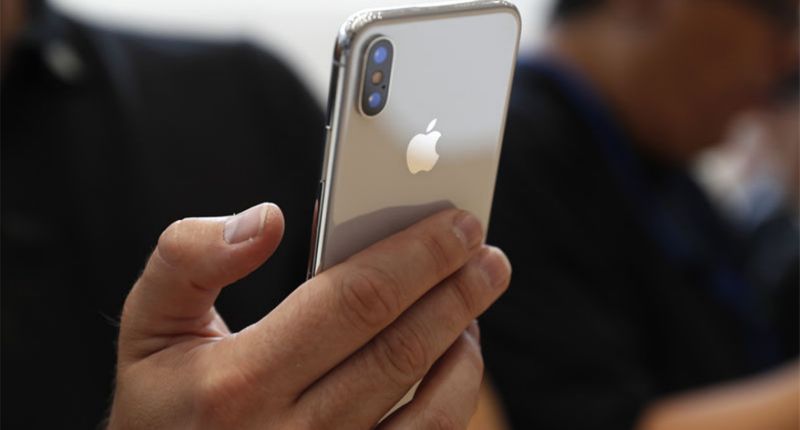
Even with recent improvements, competition remains weak in wired broadband — for many Americans, it’s the local cable company or slow, phone-line-based DSL. But if you need mobile broadband for a smartphone or tablet, you’re blessed with four nationwide carriersyearning to earn your business, plus countless resellers of their networks.
Wouldn’t it be nice if you could fire your ground-bound internet provider and give your business to one of the wireless services instead?
The obvious answer might seem “of course not, I need a real computer!”, a mobile-only connection can make sense if you can fit your online life into a smaller screen. And in some ways, it’s too bad that isn’t an option for more of us.
What if a mobile device is your only device?
A few things have changed in recent years to make wondering if wireless broadband can replace wired seem less crazy than it might have when mobile web access meant poking through text-only sites on a flip phone’s screen.
Today’s mobile devices are far more capable than their predecessors. They run exponentially better apps and connect to a far vaster universe of mobile-compatible sites. And a growing fraction of Americans have responded by making their mobile gadget their only means of home internet access.
An April 2016 report by the Department of Commerce’s National Telecommunications & Information Administration drew on 2015 Census Bureau data to find that 20% of U.S. households relied solely on mobile broadband at home.
Separate surveys by the Pew Research Center found a lower percentage of smartphone-only internet access: 12% in 2016, up from 8% in 2013.
It’s not exactly as far-fetched to supplant your wired internet with a wireless connection as it once seemed. Consumers can now avoid busting a plan’s data cap, thanks to AT&T (T) and Verizon’s (VZ) decision to offer “unlimited” (in reality, unmetered) data plans much like those already sold by Sprint (S) and T-Mobile (TMUS).
But that might not work for you
But most of us don’t rely only on mobile devices and shouldn’t. Even with recent advances in making more sites phone-friendly, many tasks remain difficult on a pocket-sized screen.
Pew’s research noted that. A 2015 study found that 47% of smartphone users couldn’t get job-related information to show up right on their devices, while 37% ran into problems trying to submit documents required to apply for a job.
Just typing at length on a phone can get exasperating. Having to finish a post on my phonelast year was among the most excruciating work experiences I’ve had in awhile.
Yes, you can get an LTE-equipped tablet — but then you’re looking at an add-on charge to put that on your line. And some tasks remain out of reach even on the larger device: You need a Mac to write an iPhone app.
The unmetered plans from the big four do allow you to share that bandwidth with nearby laptops or desktops using a phone’s mobile-hotspot function, but they limit your use to 10 or 15 gigabytes a month. Downloading a single operating-system patch from Apple or Microsoft (MSFT) will put a serious dent in that.
T-Mobile and Verizon also now require that you pay $10 a month extra to avoid having this “tethering” limited to 3G or worse speeds. Verizon knocks you back to just 600 kilobits per second.
And at $60 to $90, those unmetered plans might not work for low-income households, which are most likely to rely on smartphones — among online households with incomes lower than $25,000, 29% relied on mobile broadband, according to the NTIA report.
The plans they can afford offer much less utility.
“They are rate-limited, they do have bandwidth caps,” said Bill Cromie, director of emergent technology at Blue Ridge Labs, a Brooklyn group working to make tech more accessible. “You see a lot of access to the internet happening at McDonalds. Imagine if you had to go to McDonalds to apply to a job.”
And as good as wireless coverage has gotten, the fastest kind isn’t everywhere. Just ask the guy in charge of the FCC.
“I personally believe that there are significant challenges,” chair Ajit Pai said at an event hosted by the conservative tech-policy group Lincoln Network in San Francisco last week. “There are many parts of this country that don’t have 4G LTE, that don’t have competition.”
We want to believe
But the dream of ditching Big Cable or The Phone Company for a wireless service may never die, not when the prospect of broadband competition seems stalled by the same infrastructure-level obstacles that people identified seven years ago.
And if today’s wireless broadband can’t cut it, then surely 5G wireless will fix everythingstarting just a couple of short years from now, right?
At least, that’s what I’ll keep telling myself the next time I get an email from a reader angry about being stuck with the one broadband service in town. Because I probably won’t have anything better to suggest to this person, or the next 10 to write in with the same complaint.

